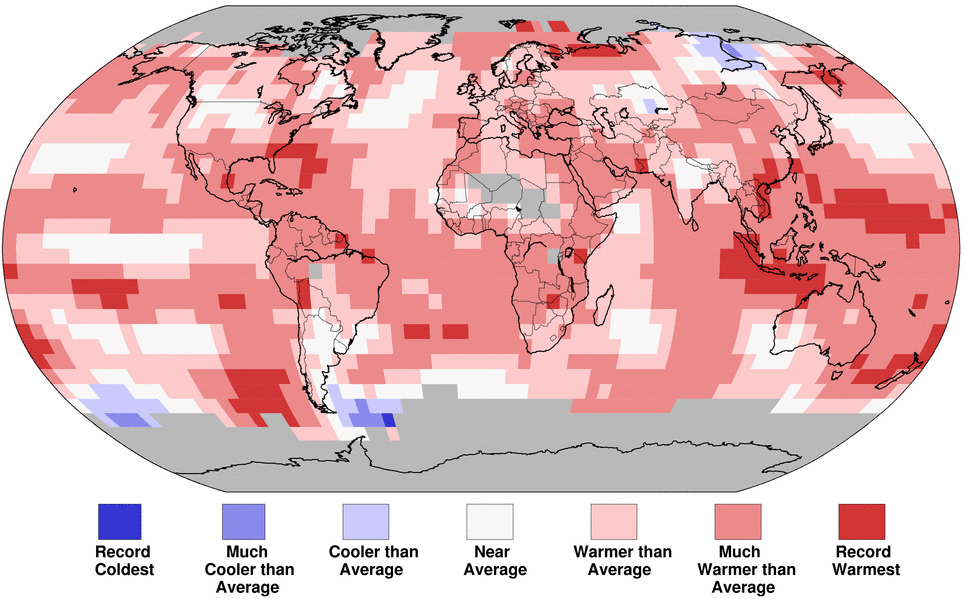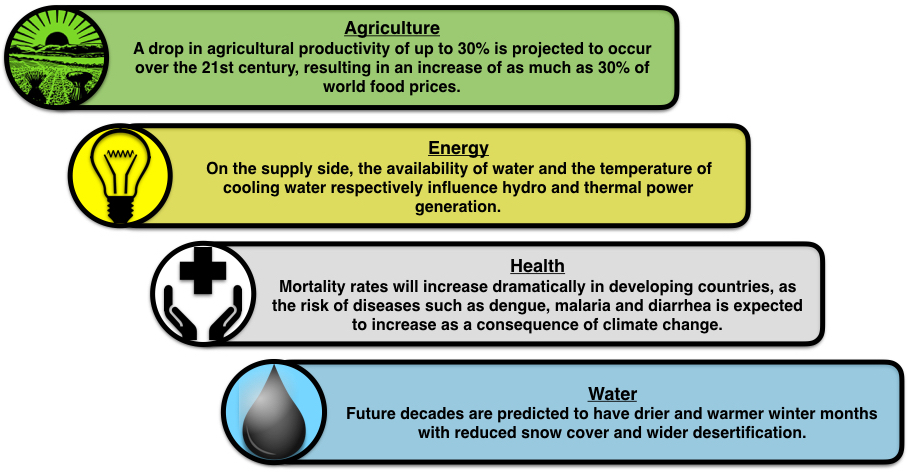Over the past century the scientific community have documented dramatic shifts in global temperature, the rise of extreme weather patterns and the on-going deterioration of our ozone. The human race has become such a geophysical force that we are pushing ourselves into a new geological age – the Anthropocene.
35 of the world’s most renowned environmental scientists on the Working Group on the Anthropocene voted 30-3 in favour of formally designating the new geological age at the at the International Geological Congress this week.
Global surface temperatures have risen by almost a degree over the last century, with the rate increasing by 0.17 to 0.48 degrees per decade since 1970. Sea levels have risen by 20cm over the last decade, unmatched by any period in the past 6,000 years and arctic summer sea ice is expected to completely disappear by 2100. As a result, weather patterns are becoming wilder and less predictable, with droughts in the United States, floods in Pakistan, typhoons in the Philippines and hurricanes around the world becoming more severe and commonplace.
Land & Ocean Temperature Percentiles July 2016
 *Note: No available data of grey areas.
*Note: No available data of grey areas.
Source: NOAA
Concentrations in the air of carbon dioxide and methane in the stratospheric ozone; surface temperatures, ocean acidification, marine fish harvesting, and tropical forest loss; population growth, construction of large dams and international tourism are all occurred after 1950 and are markers of a new geological epoch. This was even a time when radioactive elements from nuclear bomb tests, which were blown into the stratosphere before settling down to Earth.
Evidence of the anthropocene is clear. Human activity has:
- Pushed the extinction rate of animals and plants far above the long-term average. The Earth is on course to see 75% of species become extinct in the next few centuries if current trends continue.
- Increased levels of Carbon Dioxide in the atmosphere at the fastest rate for 66 million years, with fossil fuel burning pushing levels from 28 parts per million before the industrial revolution to 400pp and rising today.
- Doubled the nitrogen and phosphorous in our soils in the past century with synthetic fertiliser use. This is likely to be the largest impact on the nitrogen cycle in 2.5 billion years.
Impacts on Vulnerable Sectors include:
Without global deviation from a fossil-fuel-intensive path, the world could lose an equivalent 1.8% of its annual gross domestic product (GDP) by 2050, amounting to $1.5 trillion. This cost which is expected to increase to 8.8% by 2100.
This new geological age stresses the enormity of humanity’s responsibility as stewards of the Earth. Humanity is well within its reach to navigate these threats, achieve a sustainable future and inaugurate eras of post-human evolution even more prosperous than what came before. Rather than a warning of any dangers to come, the dawn of the Anthropocene can mark the alignment of the natural world with mankind in all of their spheres of influence.
